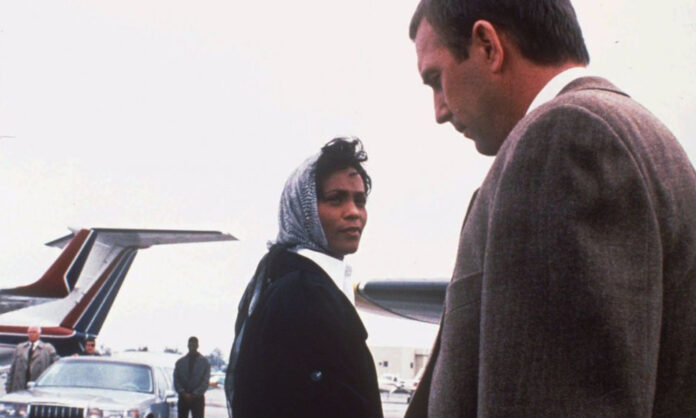As writers, we hope to create big, meaningful moments in our work, scenes that move our readers’ emotions and remain in their memories. Whether it’s a heroic sacrifice, stirring speech, or heartfelt romantic display, these “grand gestures” stick with readers long after they’ve finished your novel or film.
But how can you build to that moment and pull it off? In a recent post, September Fawkes offers advice for creating the grand gesture in any genre. “The Grand Gesture is an important beat for any story that has a predominant relationship plotline,” she says. “Yes, it’s important in The Proposal, but it’s also important in The Lord of the Rings, Star Wars, Dune, Guardians of the Galaxy, and The Umbrella Academy.”
Whether you realize it or not, most successful stories have a relationship plotline, whether romantic, familial, or teacher/student, and therefore also feature some form of the grand gesture, Fawkes writes. Regardless of type, your story’s central relationships tend to have similar turning points. “A typical plot turn works by changing the direction of the story,” Fawkes says. “The character was going one direction and then wham! a new event or new information appears in the story, and the character is now going a different direction (however small or large that shift may be).” Harry Potter’s story changes when Hagrid arrives to bring him to Hogwarts. In 1984, Winston’s animosity for Julia shifts when she slips him a love note. These kinds of turning points cannot be undone without significant effort and trial.
“A relationship turn will almost always include a moment of vulnerability–one character will be vulnerable in front of the other,” Fawkes writes. “How the other character responds usually completes the turn.” The turn can take many forms: a first kiss, a betrayal, sharing a secret, telling a lie, giving a gift, or a punch in the gut. This also changes how you describe the relationship. Characters might shift from adversaries to friends, allies to lovers, or lovers to enemies. The grand gesture is a climactic turn, one of your biggest turning points and one that will define the central relationship for the story.
“Just like the turns prior to it, the Grand Gesture will also include a moment of vulnerability, but this will be a level of vulnerability [and additional risk],” Fawkes notes. “Character A will stand (figuratively) naked in front of Character B, and Character B will choose to accept, reject, or neglect A. Character A will often be at the mercy of Character B.”
In romance novels, the vulnerability is almost always voluntary: one character tears away artifice to reveal their true emotions, putting themselves at the mercy of the other. However, that vulnerability can be expressed in other ways. Character A may be in physical danger and need the assistance of Character B, or Character A may put himself in harm’s way to protect Character B. Your hero may uncharacteristically ask for help or sacrifice an opportunity to allow another character a moment to shine.
“This is the grand gesture, where Character A makes his move to be closer to Character B,” Fawkes notes. “This is the main climax of the story. And just as with external plots, the climax doesn’t work well if the character doesn’t use his agency in this critical moment. It will land flat. We need to see the character choosing what to do at the climax.”
Grand gestures can also end a relationship. At the climax of Revenge of the Sith, Obi-Wan walks away from a defeated and dying Anakin. In Mockingjay, Katniss rejects Gale when he apologizes for his role in Prim’s death. A character may even be forced into vulnerability by circumstance or another character. Consider the times you’ve witnessed a character make a major confession at gunpoint, or reveal a secret at a moment of physical weakness or delirium.












